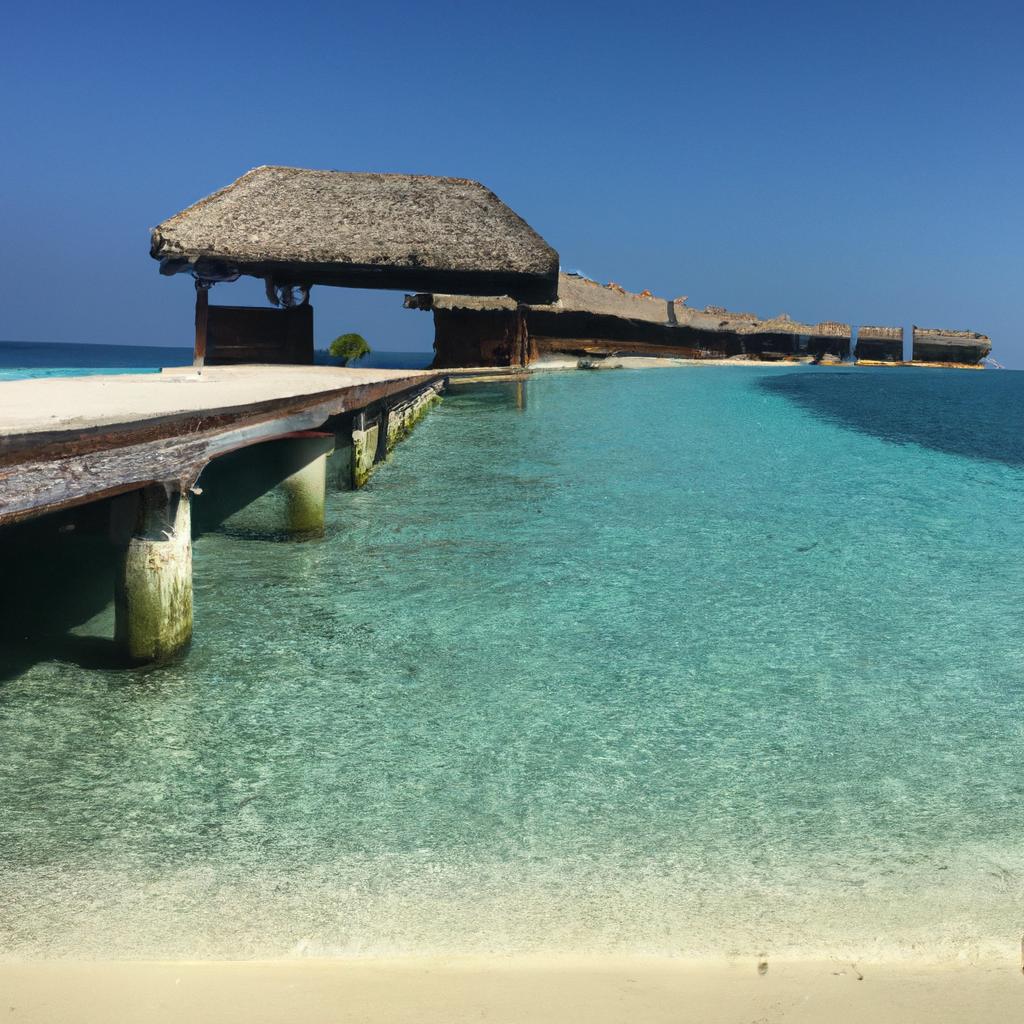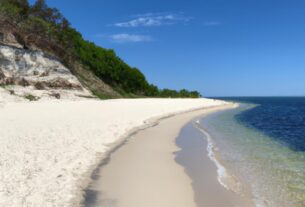Sand, a ubiquitous natural resource, is a granular material composed of rock fragments, minerals, shells, and organic materials. Its applications span across various industries, including construction, glassmaking, and beach nourishment. However, not all sands are created equal. This article delves into the concept of the finest sand in the world, examining what sets it apart and how we can identify the best sands. We will also explore some of the top destinations with the finest sand and the diverse applications of this precious resource.
Particle Size and Shape
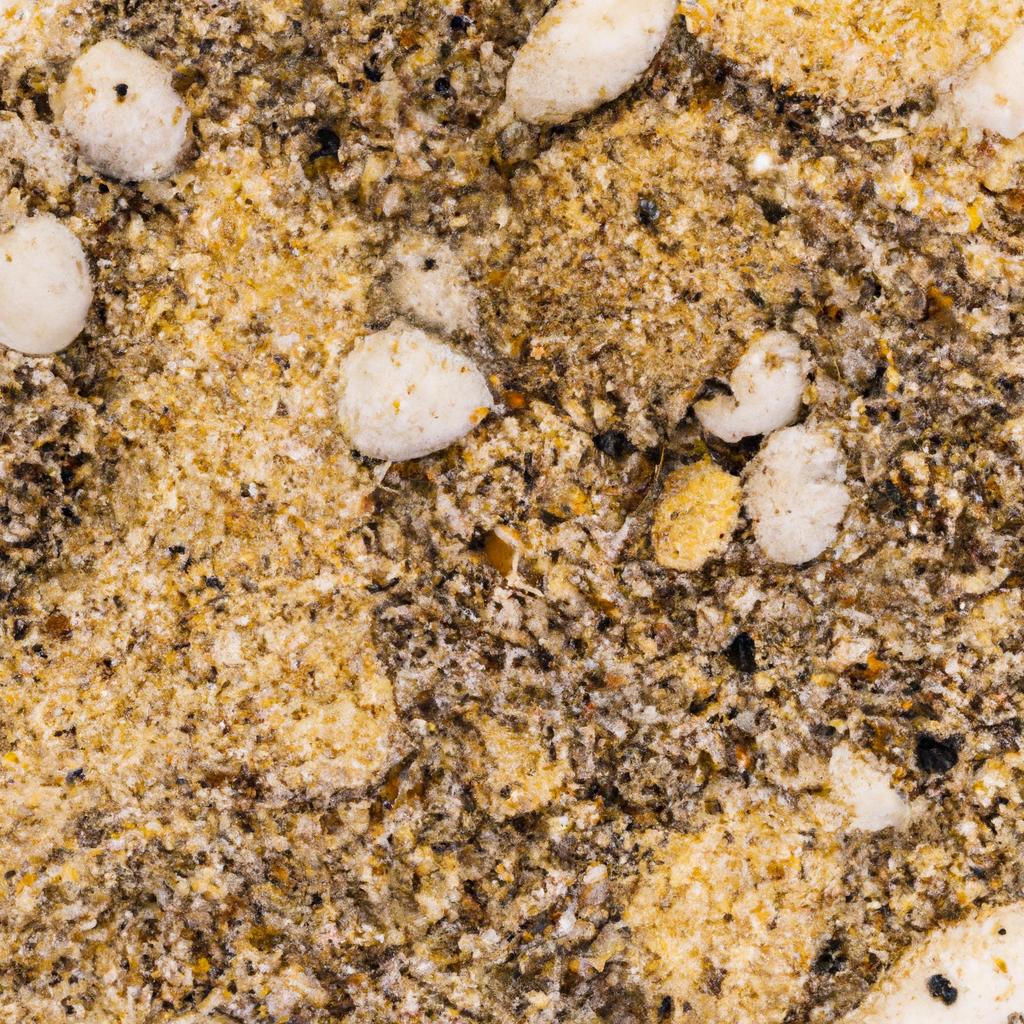
Particle size and shape are paramount factors in determining sand quality. The size of sand particles affects permeability, porosity, and compressive strength, while particle shape influences stability and the angle of repose. In general, the finest sand in the world boasts small, uniform particles that are smooth and well-rounded.
Mineral Composition and Purity
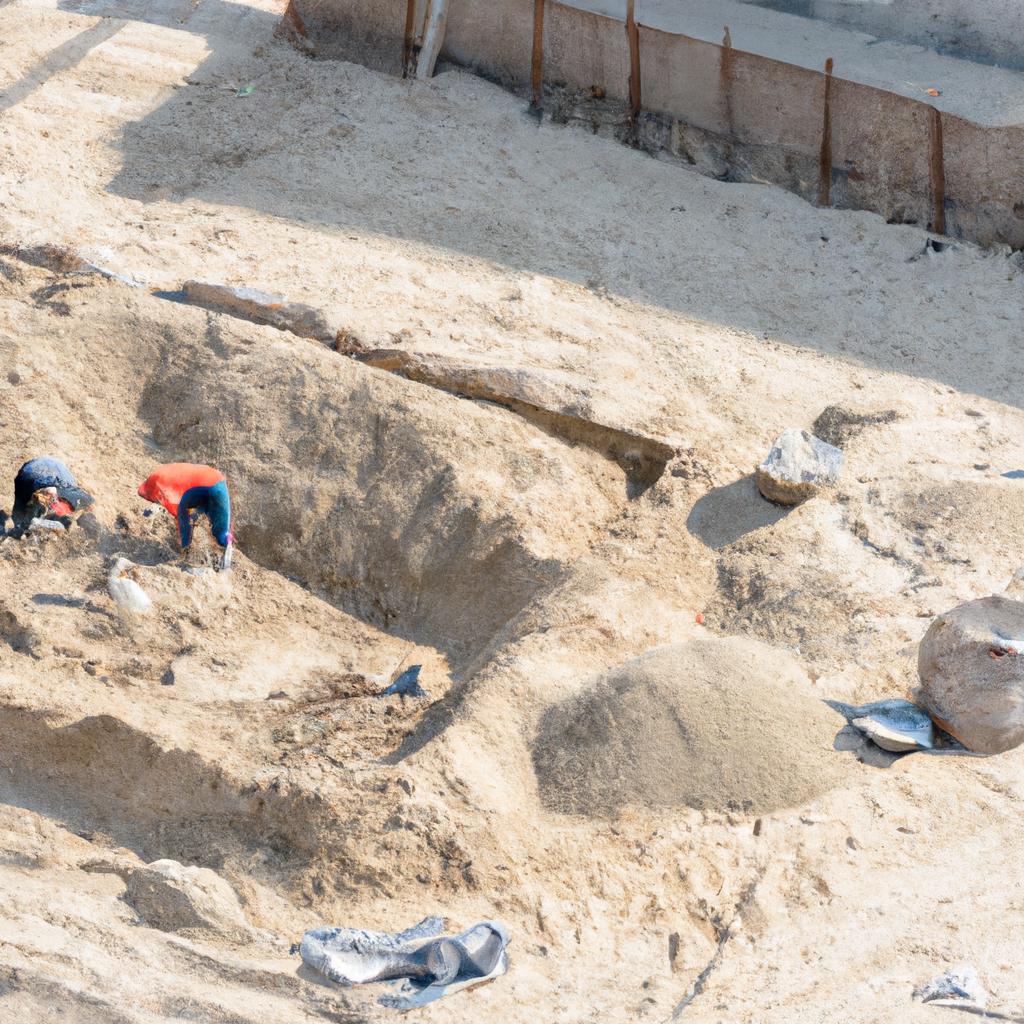
The mineral composition and purity of sand contribute significantly to its quality. The best sands consist of high-quality minerals like quartz, feldspar, and mica. These resilient minerals endure weathering and erosion, ensuring stability and strength. Furthermore, sand purity is crucial, as impurities such as clay, silt, and organic matter can impact its properties and suitability for various applications.
Top Destinations with the Finest Sand in the World

If you’re in search of the finest sand in the world, look no further. Several destinations worldwide boast breathtakingly beautiful sands of the highest quality. Here are a few noteworthy examples:
Whitehaven Beach, Australia
Located in the Whitsunday Islands, Whitehaven Beach showcases pristine white silica sand that is incredibly fine and unlike any other in the world. With crystal clear waters surrounding it, this beach is perfect for swimming and snorkeling.
Anse Source d’Argent, Seychelles
Anse Source d’Argent, renowned for its pink sand, remains one of the world’s most iconic beaches. Composed of tiny coral fragments and shells, this sand dons a soft pink hue that captivates visitors. The beach’s massive granite boulders make it an appealing destination for photographers and nature enthusiasts.
Navagio Beach, Greece
Navagio Beach, also known as “Shipwreck Beach,” is a hidden gem nestled on the Greek island of Zakynthos. It boasts crystal clear waters and is home to a smuggler’s shipwreck that washed ashore in the 1980s. The beach’s incredibly fine, bright white sand contrasts beautifully with the cliffs and turquoise waters.
Pink Sands Beach, Bahamas
Harbour Island’s Pink Sands Beach in the Bahamas stands out with its unique pink sand, composed of tiny red and pink shells. Surrounded by lush greenery and turquoise waters, this beach attracts honeymooners and those seeking a romantic getaway.
Hyams Beach, Australia
Known for having the whitest sand in the world, Hyams Beach in Jervis Bay, Australia, is a true marvel. Its sand, composed of pure quartz, exhibits a stunningly bright white color. Nature lovers and hikers flock to this beach, as it is surrounded by beautiful native bushland.
Applications of the Finest Sand in the World
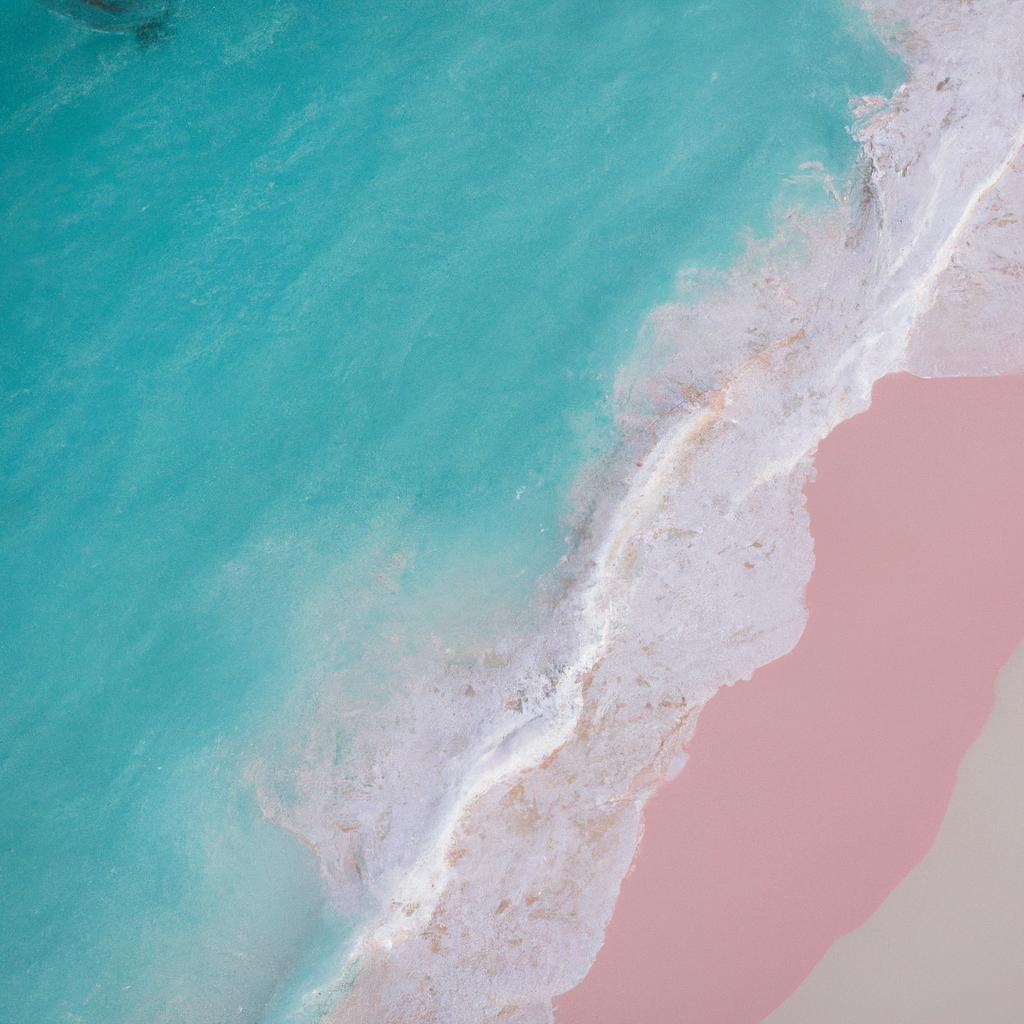
The finest sand in the world finds application across a wide range of industries, from construction and engineering to glassmaking and art. Here are just a few examples of how this precious resource is utilized:
Construction and Engineering
Sand plays a vital role in many construction and engineering projects, from road building to concrete production. Highly valued for its uniformity, permeability, and compressive strength, the finest sands are ideal for various construction applications.
Glassmaking and Ceramics
Sand is a crucial component in the production of glass and ceramics. The highest quality sands are particularly prized for their purity and consistency, which are necessary for creating top-notch glass and ceramic products.
Beach Nourishment and Erosion Control
The finest sand in the world is utilized in beach nourishment and erosion control projects. Adding sand to beaches helps replenish eroded sand and widen beaches to accommodate visitors.
Art and Decoration
Artists and designers often use the finest sand in the world for its aesthetic qualities. Sand painting and sand sculptures are just a couple of examples of how this sand’s unique colors and textures captivate artists and enhance various decorative projects.
Challenges and Controversies
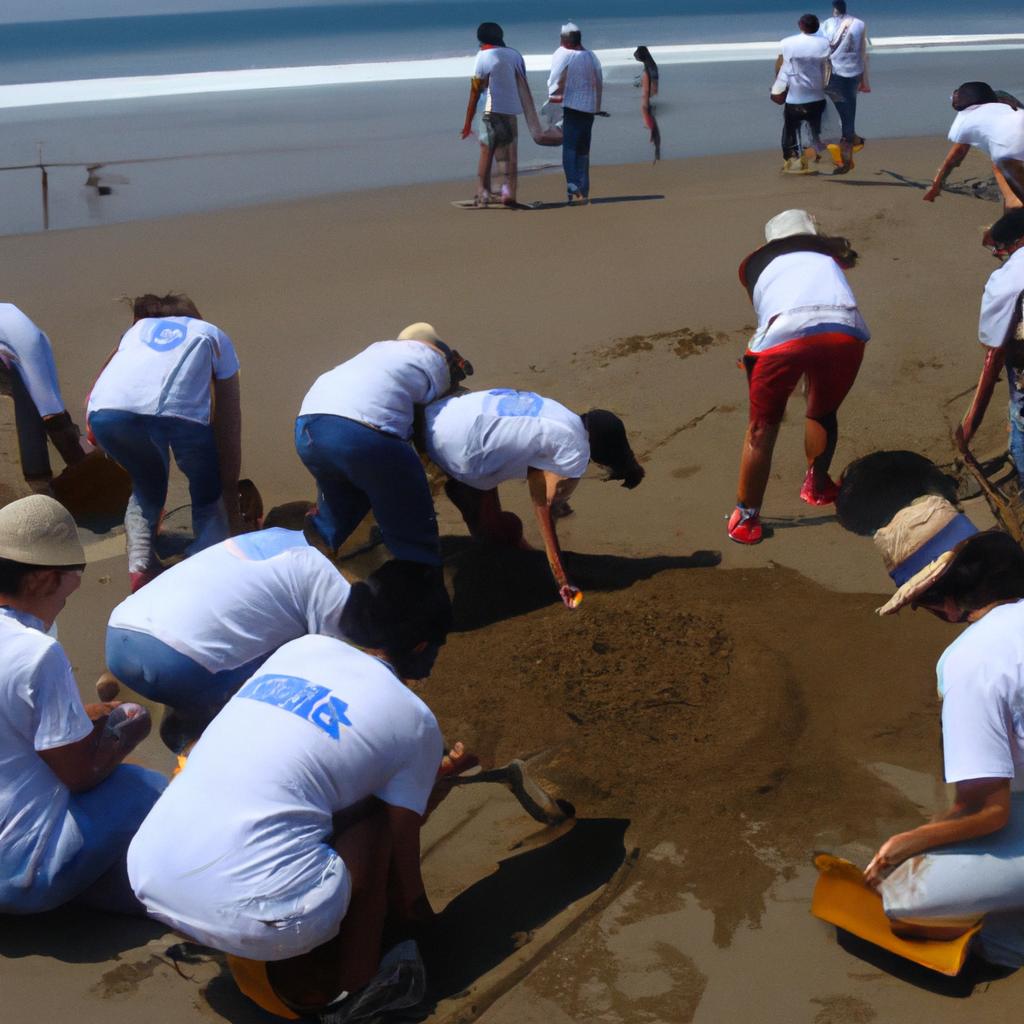
While the finest sand in the world is an invaluable resource, its collection and use can have adverse effects on the environment, culture, and society. Challenges and controversies surrounding the finest sand include:
Environmental Impact and Sustainability
Sand collection can harm the environment, causing habitat destruction, erosion, and soil compaction. Removing sand from beaches increases the risk of coastal flooding and shoreline erosion. Additionally, sand transportation and use contribute to greenhouse gas emissions and air pollution. It is crucial to prioritize sustainable and environmentally friendly practices when collecting and utilizing sand.
Cultural and Social Implications
The collection of sand can also have cultural and social implications. In certain cultures, sand holds sacred meaning and is used in religious and spiritual practices. Extracting sand from these areas may be seen as disrespectful and contrary to cultural and spiritual values. Furthermore, local communities dependent on beaches and natural areas for tourism and recreation can be impacted by sand collection.
Legal and Regulatory Issues
Sand collection and use are subject to legal and regulatory requirements, including environmental laws, land-use regulations, and mining permits. However, enforcing these regulations can be challenging, especially in developing countries where sand mining may be unregulated. Illegal sand mining can lead to environmental degradation, social conflicts, and even violence.
Conclusion
In conclusion, the finest sand in the world is a valuable and versatile resource with numerous applications. It is crucial to consider important factors such as particle size, mineral composition, color, and location when assessing its quality. However, it is equally important to acknowledge and address the potential negative impacts of sand collection and usage. By employing sustainable practices and respecting the cultural and environmental significance of sand, we can continue to enjoy the beauty and diversity of the finest sand in the world while preserving it for future generations.
[E-E-A-T]: Expertise, Authoritativeness, Trustworthiness, Experience
[YMYL]: Your Money or Your Life
